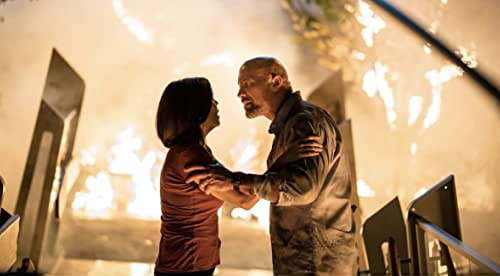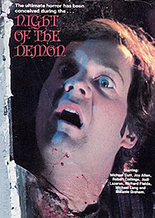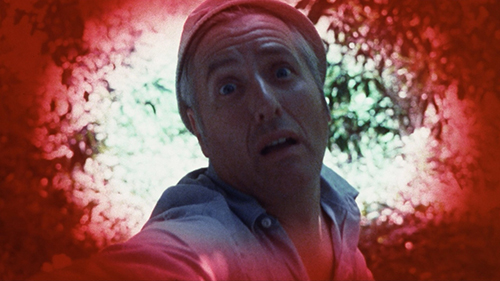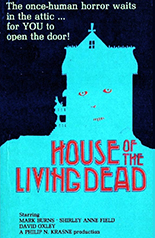
 When Arnold Schwarzenegger symbolically passed the action-hero torch to Dwayne (née “The Rock”) Johnson in 2003’s The Rundown, the big-budget Skyscraper is the type of high-concept behemoth I would have expected right out of the gate. It’s a Die Hard imitator, after all.
When Arnold Schwarzenegger symbolically passed the action-hero torch to Dwayne (née “The Rock”) Johnson in 2003’s The Rundown, the big-budget Skyscraper is the type of high-concept behemoth I would have expected right out of the gate. It’s a Die Hard imitator, after all.
Having lost a leg in a domestic-disturbance call, Johnson’s Will Sawyer has traded the FBI for the calmer occupation of safety and security assessor. His latest assignment is consulting on The Pearl, a 3,000-feet, 225-story tower — or in one side character’s lingo, “a $65 billion chimney” — in Hong Kong. On the day of his big PowerPoint presentation, a terrorist group sets fire to the middle of it, endangering the lives of the only family who lives there: Will’s, naturally, in the form of a wife (Scream queen Neve Campbell) and two kids who get way too excited about panda hats.
Complicating his goal of saving his loved ones? The terrorists frame Will for the blaze and pursue him to get hold of a MacGuffin-serving tablet. No matter the number of reasons, you won’t care.
The undemanding premise has been sickened into soullessness by writer/director Rawson Marshall Thurber, reteaming with Johnson after the not-terrible Central Intelligence. This should be an easy lay-up for his superstar, but an absence of humor diminishes the man’s considerable charm. Worse, the action scenes ring strictly remedial — well-shot without being choreographed to engage.
In all, Skyscraper is not Johnson’s Die Hard. But it is his A Good Day to Die Hard, which I wish upon no one. —Rod Lott










